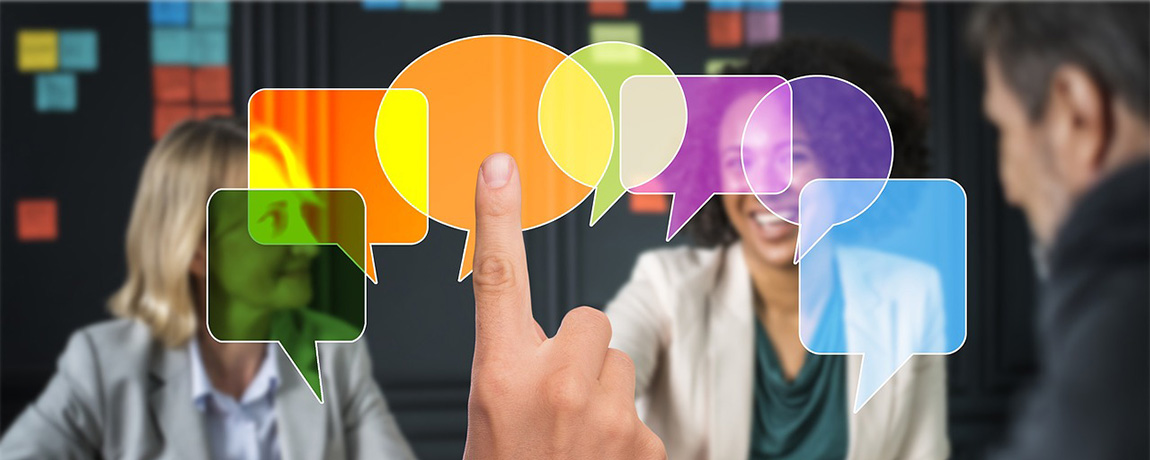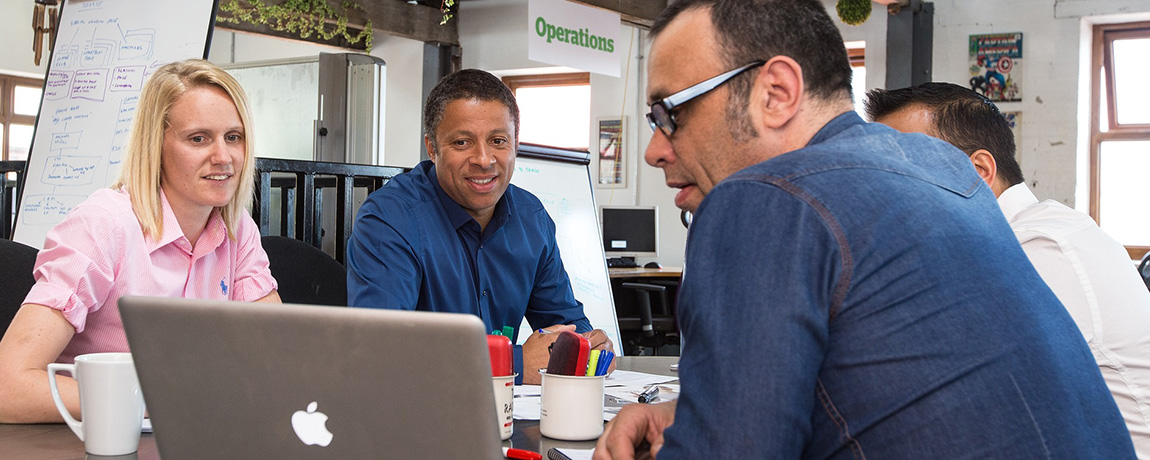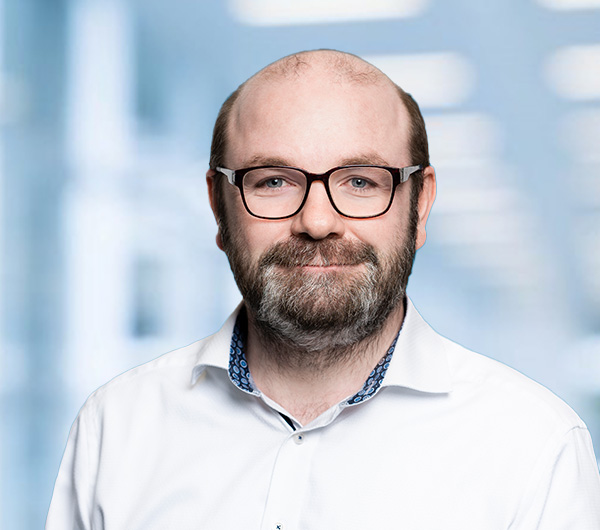Tutorials
IEEE INDIN 2023: Call for Tutorials
The organizing committee of the IEEE INDIN 2023 invites proposals for tutorials on technical areas of interest for the IEEE INDIN community. The tutorials offered by field experts are to cover technical topics that are of utmost use for academia, practicing engineers, and researchers. We expect tutorials to have direct relevance for the needs of the industry. We encourage tutorials to be supported by practical implementations and demonstrations, wherever possible.
The proposers are sought to be among leading experts in the selected field of research and to provide an engaging, interactive platform for active participation from the audience, with a strong preference to hands-on tutorials.
While the IEEE INDIN 2023 organizing committee would particularly encourage tutorial topics related to the IEEE INDIN 2023 tracks and conference themes, tutorials in emerging topics also of relevance for Industrial Informatics are also welcomed.
“Any sufficiently advanced technology is equivalent to magic.”
Arthur C. Clarke
The Tutorials offered on 17th July 2023
Please note: The tutorials are designed as bring your own device. In some tutorials it is recommended to bring your notebook to work on the Hands-On parts.
The tutorial is mainly about giving an overview and using the ml4proflow framework. But as the framework tries to make heavy use of existing technologies, this tutorial will also cover a wider range of adjacent topics including Jupyter Notebooks (mostly), using Node-Red, interacting with a robot platform (AMiRo) and the deployment of data processing pipelines on hardware. The tutorial tries to provide a first way to get in touch with processing pipelines but will also try to offer a few selected deeper insights, f.e. building a new module in python. The goal is to provide hands-on experiences for such a framework, especially in the i4.0 area where it is often difficult to deploy on real machines f.e. conveyor belt to the exhibition place for real hands-on experiences. Therefore, this tutorial uses the robot platform AMiRo.
Presenter:
Christian Klarhorst, Bielefeld University,
Dennis Quirin, Bielefeld University
Duration: 3 hours
The tutorial aims at encouraging practitioners and researchers to architect Industry 4.0 solutions based on service orientation and digital twins. To this end, it will be provided guidelines, data, and examples from real industry cases. The community will profit from tailored knowledge to architect industry 4.0 solutions, and also to properly communicate them to stakeholders with different educational and professional backgrounds, like mechanical and production engineers.
The tutorial covers the following important aspects of Industry 4.0:
-
State-of-practice of Industry 4.0 and applying the SOA paradigm to manufacturing
-
The role of the digital twin in Industry 4.0, and its implementation as Asset Administration Shell (AAS)
-
Migrating to Industry 4.0 in brownfield environments
-
Standardization and open-source as enabler for Industry 4.0.
Presenter:
Frank Schnicke, Fraunhofer IESE,
Daniel Espen, Fraunhofer IESE
Duration: 6 hours
The concept of self-developing cyber-physical systems (CPSs) includes different types of existing or conceptual systems like networked infrastructures, production lines, and interacting robots. Following the intuition behind the name, CPSs are ubiquitous, directly or indirectly influencing many different aspects of life. Selfdeveloping CPSs – including networks, robots and nanobots – have been identified as one of the top enabling technologies of the future. Potentially, CPSs will be influencing every aspect of modern life, helping increase productivity and find solutions to the shortage of the human labor in advanced countries, while supporting a large percentage of aging population. Self-developing CPSs will enable several functionalities and applications in the areas of health and social care, energy infrastructure, construction and manufacturing industries, and transportation.
A scientific understanding of CPSs, constituted by three layers (physical, data and decision), and the respective cross-layer processes (sensing, informing and acting), is key to assess self-developing dynamics, which is a necessary condition to engineer and deploy actual solutions while mitigating possible harmful effects. As a matter of fact, a more organic account that conceptualizes CPSs as a complex whole is far from mainstream literature and practice, where a more modular, arrow-linked black-box-type of solutions is dominant, specially in industrial deployments. Therefore, this tutorial will equip the industrial community with the knowledge and tools to employ the concept of self-developing CPSs combined with other decisionmaking approaches, like game theory and probability theory, to address different challenges in a smart industrial environment and future industrial internet-of-things (IIoT) networks.
Agent based modelling (ABM) is a method of implementing computational models for a collection of relatively autonomous and heterogeneous nodes, whose behaviour can be defined with a limited number of simple rules. ABM can account for a massive number of communicating nodes with a potentially infinite number of physical and logical interactions between them. However, ABM always looks for a realistic way to define interactions among the nodes, and we can indeed consider the agents as part of a given cyber-physical system (CPS) characterized by three constitutive layers. If both nodes and links are considered as agents, each of them will have their own behavioral pattern and will provide information about the dynamics of the formed network. ABMs can also characterize interactions between the heterogeneous agents and generate 2 effects like clustering, coalition, communication or opportunistic resource access. Using the network effects generated, the analysis of Industrial CPSs based on ABM has the potential of establishing itself as one of the most efficient tools for extracting network topologies using physical, functional and resource-based interrelationships between the agents at much lower complexity and energy requirements than either ML-based techniques or traditional statistical modelling. This tutorial will present a detailed theoretical conceptualization of the application of ABM for modelling the dynamics of industrial CPSs, and enabling information processing and decision-making. This tutorial will serve as a key knowledge-transfer tool for mitigating the risks of the cyber-enabled dynamics that are reaching several domains of our everyday life, like energy, industries, and transportation infrastructures. The basis of this tutorial is: Nardelli, P.H.J. (2022). Cyberphysical Systems: Theory, Methodology, and Applications. John Wiley & Sons.
Presenter:
Pedro H. J. Nardelli, Lappeenranta-Lahti University of Technology
Daniel G. Rojas, Lappeenranta-Lahti University of Technology
Nicola Marchetti, Trinity College Dublin,
Harun Siljak, Trinity College Dublin,
Indrakshi Dey, Walton Institute for Information and Communications Science,
Duration: 6 hours
This tutorial covers the general steps to prepare, analyze, and visualize a dataset using a Python environment. A dataset from the Industry 4.0 model factory at FH Aachen is provided, including radio signals from 1 MHz to 6 GHz. First, the dataset will be explained, and the targeted visualization will be shown. Afterward, the participants will conduct all steps to transfer the dataset into a pandas dataframe and adjust the columns to match the stored data. Next, procedures for cleaning and verifying data are discussed and implemented. Finally, the finished dataframe is used to visualize the radio signals as a waterfall diagram using matplotlib. The hands-on workshop also discusses best practices regarding Python and typical errors during data analysis. Also, further steps regarding machine learning are presented.
Presenter:
Sebastian Braun, FH Aachen University of Applied Sciences
Jessica Ulmer, FH Aachen University of Applied Sciences
Prof. Dr.-Ing. Jörg Wollert, FH Aachen University of Applied Sciences
Duration: 6 hours
TwinERGY: Intelligent interconnection of prosumers in positive energy communities with twins of things for digital energy markets, is a HORIZON 2020 project being implemented in the framework of LC-SC3-EC-3-2020 initiative. It aims to exploit new business opportunities and increase the relevance of the demand response optimization tools and strategies in the new generation of energy management systems. By coupling mature practice for citizen engagement with service innovation through the lenses of public value, ensuring that a wide range of interests and especially of consumers/prosumers will be represented and supported in the energy marketplace.
In this context, this tutorial showcases the research being conducted in the context of the TwinERGY project, including:
-
The tools and solutions developed, configured, and integrated as an innovative suite of services and applications for consumers, enabling increase of awareness and knowledge about consumption patterns, energy behaviors, generation/ demand forecasts and increase of local intelligence via properly established Digital Twin-based Consumer-Centric Energy Management and Control Decision Support mechanisms that locally optimize demand response.
-
An innovative energy ecosystem to facilitate the paradigm shift in citizen behavior from passive consumer to active participant in the energy market (prosumer).
Presenter:
Stylianos Karatzas, University of Patras,
Prof. Dr. Johannes Üpping, Technische Hochschule Ostwestfalen-Lippe,
Sam Gunner / Theo Tryfonas, University of Bristol,
Niall Byrne, PhD, IESRD,
Ioannis Gialelis, University of Patras,
Moisés Antón García, ETRA,
Mattia Repossi, STAM,
Konstantinos Kotsalos, EUROPEAN DYNAMICS,
Dr. Alex Papalexopoulos / Ivan Sulev, WEC,
Alexandros Tsitsanis, Suite5
Duration: 3 hours - 20 minutes per presentation
If you have any further questions about the tutorial, do not hesitate to contact Oliver Niehörster or Alois Zoitl.
Required Proposal Information
Each proposal must be no longer than 6 pages (not including presentation material) and includes the following information:
-
Title: A short descriptive title.
-
Duration: half day (3 hours) or full day (6 hours).
-
Presenters: Names, affiliation, contact information (email and mailing address), and short bio for each presenter.
-
Description: A description of the tutorial topic, providing a sense of both the scope and depth of the tutorial, along with a tutorial outline.
-
Expected audience: Include the background of audience and expected number of attendees.
-
Previous editions: If the tutorial was given before, describe when and where it was given, and if and how it will be modified for IEEE INDIN 2023. Please provide the previous tutorial presentation.
Tutorial Proposal Submission
Submission of tutorial proposals should be sent via email to the tutorial co-chairs: Alois Zoitl ([email protected]) and Oliver Niehörster ([email protected])
Important Dates
-
Submission of tutorial proposals: 1st of April, 2023
-
Notification of acceptance: max. 10 days after submission
-
Tutorial Sessions: Industry Day: 17th of July, 2023
Download
Download the call for tutorials





